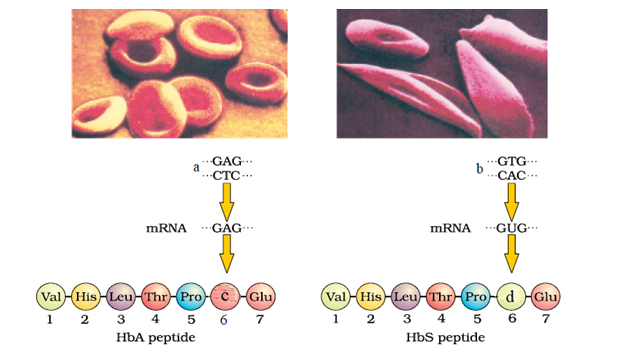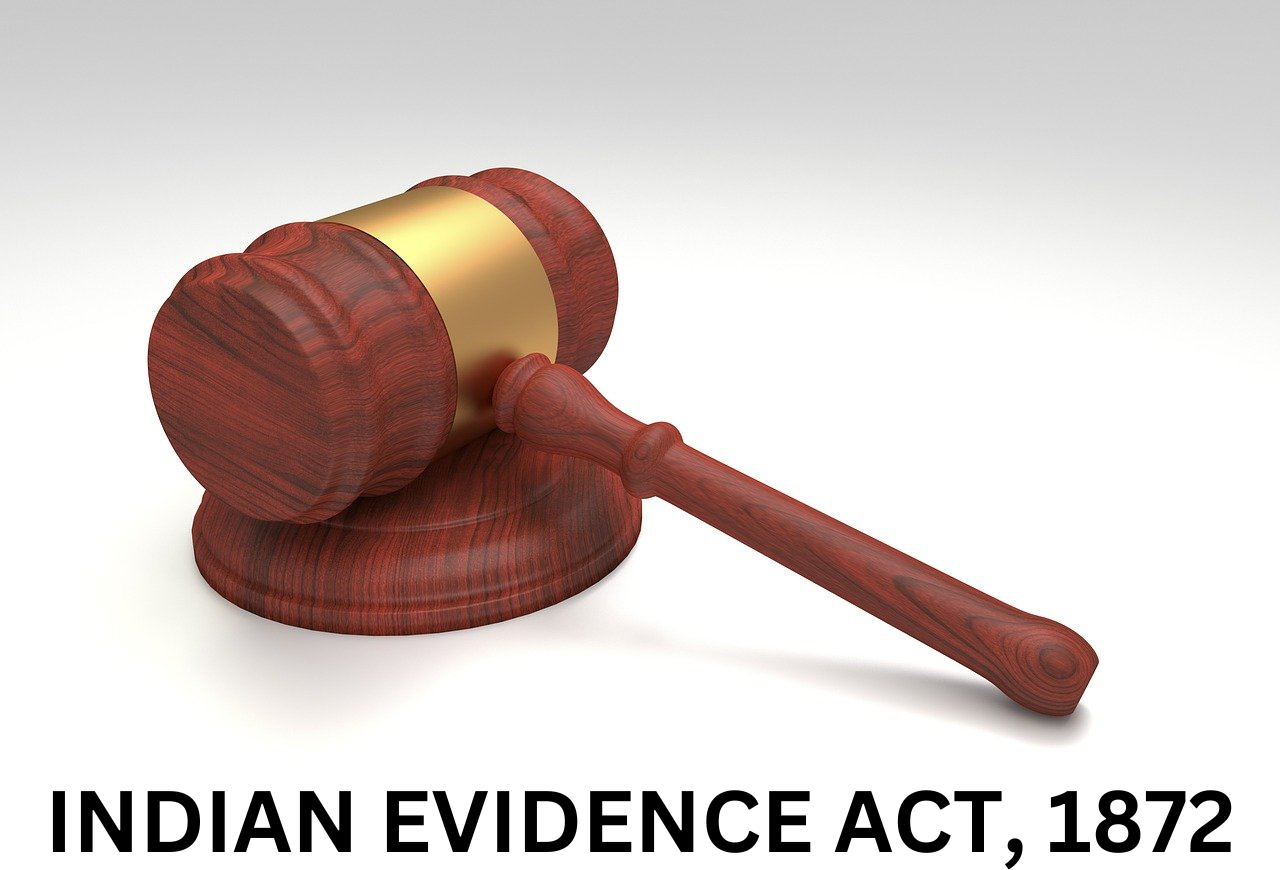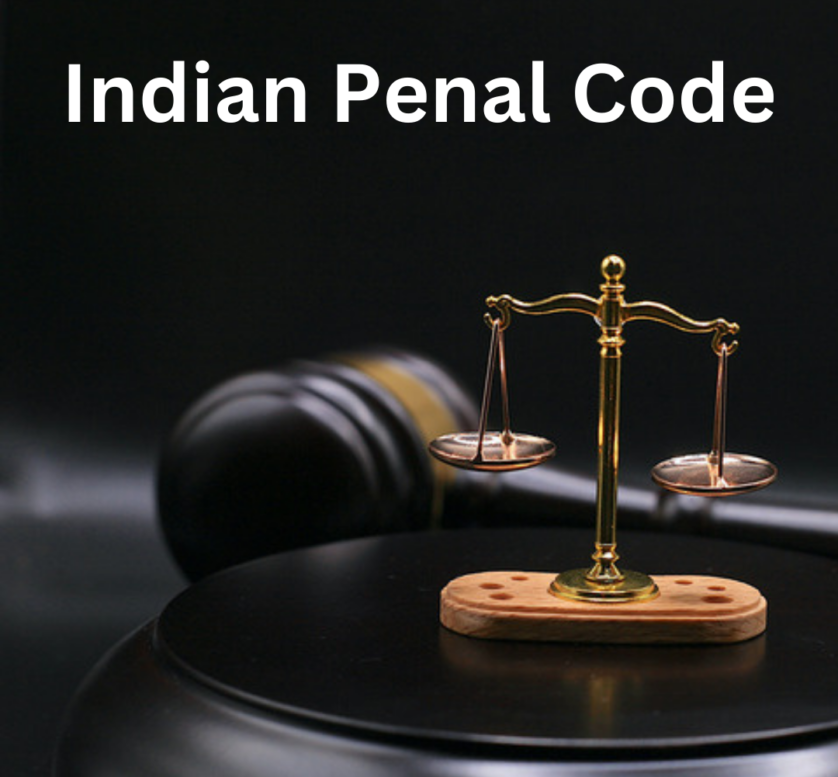Indian Penal Code (IPC) 1860 History, Structure & Court System
Under ancient law, there was no difference in the crime of ingratitude.
India had a well-organized criminal justice system since ancient times. In this, we find mention of many ancient texts. One of which is Manusmriti, Yajnavalya Samhita and Kautilya’s Arthashastra, there are many such texts.
When we talk about the development of criminal law in India we come to know that Elizabeth issued a state charter in 1600 AD. During this period, the East India Company got the trading rights of India. During this time the Company was given the power to make laws to govern itself.
The real credit for introducing the zero-seat penalty system in India goes to Warren Hastings. In 1772 Warren Hastings established a criminal court in each district.
These courts did not have jurisdiction over the company’s European pages. In native Indian criminal cases, fraud was carried out with the help of Qazi and Mufti, senior judges of (Criminal Court).
At that time, the District Registrar was keeping an eye on the monitoring of these courts. The court system implemented by Warren Hastings had two main bases. At first, the Indian Penal Code did not apply to Indians, their cases were decided based on the personal law of the parties, which meant that young students were governed by law and Muslims were governed by Muslim law. The criminal justice administration of Dusri was still conducted by the Muslim ruler Nawab. PDF Muslim penal law was based on Shariat, the same was applicable. Here too, in the case of Muslim parties, the decision was given on the basis of their personal law. However, the permit was regulated in 1773. This has a profound impact on the institutional penal system.
The charter was granted in Kolkata in 1773 by the organization of Graner and his council in British India. Apart from the General, there were 4 members associated with this council. Under this Act of 1773, the Supreme Court was established at William Fort at the same place which we call Calcutta. In this, authority was given for all types of civil, criminal and religious matters. The decision of this court could be appealed to the court of the King of England. The land of the historical region of 1793 AD, in the Antarctica region of Bengal, the eastern coast of what we call the Presidency region, was ruled by religious authorities called Sadar Amin. Limited powers were given in such criminal cases. This Sadar Amin was given the power to impose punishment of up to one month for earning up to Rs 50 in minor cases. There were some serious criminal cases and they were given the authority of the Magistrate, but when it came to death penalty it was given only to the Sessions Judge. Confirmation was required to be done by the Sadar Nizam Court. It remained in force till 1833 AD.
In 1833, Lord Macaulay proposed the codification of penal laws in the British Parliament to eliminate variations in the British penal system in India and enforce uniform penalties everywhere.
Lord Macaulay’s full name was Lord Ballington Macaulay. The first Indian Commission was formed in the year 1834. Macaulay became its first President, the Law Commission was created under the Vice President, Indian Penal Code was composed, it is said in IPC. The Indian Penal Code was drafted by the Law Commission. The drafting work was completed in 1850 AD. In 1856 it was brought into existence in the form of Legislative Council. Barnes Pickack made the necessary amendments to the draft. At that time, the IPC did not shape the minds of boys, did not enslave them and did not suggest any other tricks. For this reason, many sections like treason are still fundamental.
Many clauses have been changed since 1860. Amendments were made, which dealt with a range of crimes ranging from filming, murder and even hate crimes. The IPC was passed in 1860 on 6 October. Was implemented on 1 January 1862. What will be the punishment for each crime, from major crimes to minor crimes? When India became independent, it was freed from the state of Jammu and Kashmir and applied to the entire country of India. It was implemented after the industrial sector in the year 2019. The current IPC has 23 chapters and 511 sections.
Chapter 1 – Introduction (Sections 1-5)
Chapter 2 – General Explations (Sections 6-52A)
Chapter 3 – Of Punishment (Sections 53-75)
Chapter 4 – General Exceptions (Sections 76-106)
Chapter 5 – Of Abetment (Sections 107-120)
Chapter 5A – Criminal Conspiracy (Sections 120A-120B)
Chapter 6 – Of Offences Against the State (Sections 121-130)
Chapter 7 – Of Offences Relating to The Army, Navy and Air Force (Sections 131-140)
Chapter 8 – Of Offences Against the Public Tranquillity (Sections 141-160)
Chapter 9 – Of Offences by or Relating to Public Servants (Sections 161-171)
Chapter 9A – Of Offences Relating to Elections (Sections 171A-171-I)
Chapter 10 – Of Contempts of the Lawful Authority of Public Servants (Sections 172-190)
Chapter 11 – Of False Evidence and Offences Against Public Justice (Sections 191-229A)
Chapter 12 – Of Offences Relating to Coin and Government Stamps (Sections 230-263A)
Chapter 13 – Of Offences Relating to Weights and Measures (Sections 264-267)
Chapter 14 – Of Offences Affecting the Public Health, Safety, Convenience, Decency and Morals (Sections 268-294A)
Chapter 15 – Of Offences Relating to Religion (Sections 295-298)
Chapter 16 – Of Offences Affecting the Human Body (Sections 299-377)
Chapter 17 – Of Offences Against Property (Sections 378-462)
Chapter 18 – Of Offences Relating to Documents and to Property Marks (Sections 463-489E)
Chapter 19 – Of the Criminal Breach of Contracts of Service (Sections 490-492)
Chapter 20 – Of Offences Relating to Marriage (Sections 493-498)
Chapter 21A – Of Cruelty by Husband or Relatives of Husband (Section 498A)
Chapter 21 – Of Defamation (Sections 499-502)
Chapter 22 – Of Criminal Intimidation, Insult and Annoyance (Sections 503-510)
Chapter 23 – Of Attempts to Commit Offences (Section 511)









